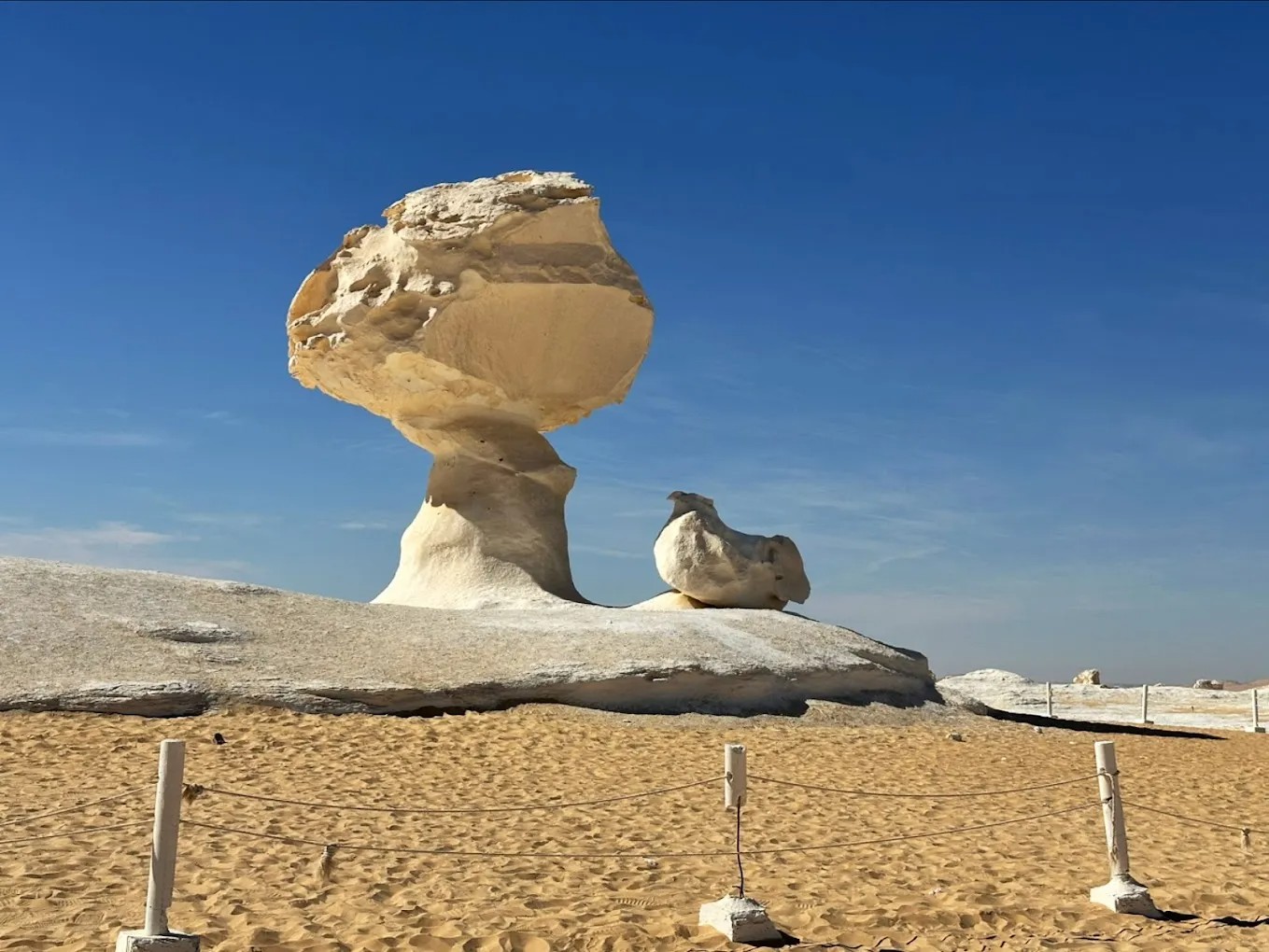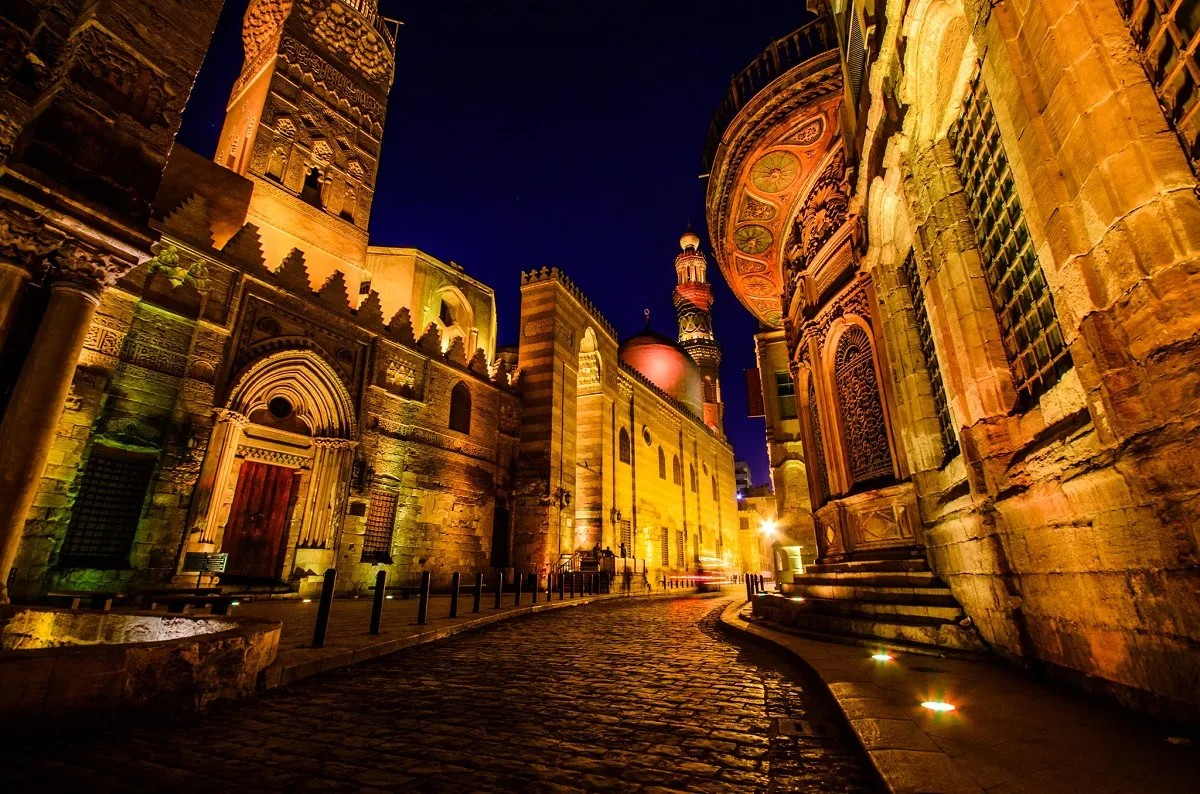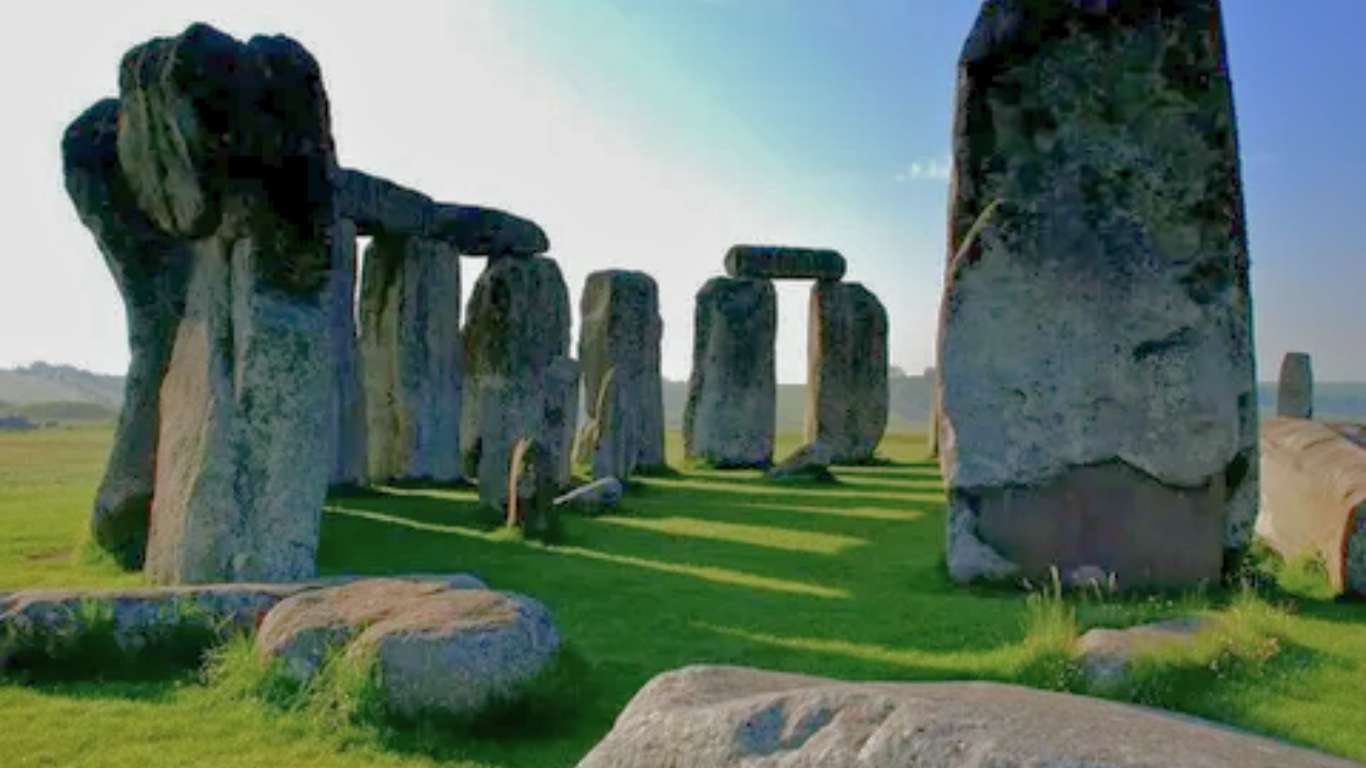Introduction
White Desert National Park, located in Egypt’s Western Desert, is a captivating destination renowned for its otherworldly landscapes and striking natural beauty. This guide provides an in-depth look at what makes White Desert National Park a must-visit location, offering practical tips, key attractions, and insights into making the most of your visit.
Getting to White Desert National Park
Location and Accessibility
White Desert National Park is situated approximately 500 kilometers west of Cairo, near the town of Bahariya Oasis. The most common route to the park involves traveling by car from Cairo to Bahariya Oasis, which serves as the main gateway to the park. From Bahariya, visitors can either join a guided tour or hire a 4×4 vehicle to navigate the desert terrain.
Travel Tips
Plan Ahead: Given the remote location, it’s advisable to plan your trip in advance and ensure you have a reliable vehicle. Guided tours are popular for first-time visitors as they offer expert knowledge and logistical support.
Permits: Entry to the park requires permits, which can be arranged through tour operators or local authorities. It’s best to handle these details ahead of time to avoid delays.
Top Attractions in White Desert National Park
1. The White Desert (Qattara Depression)
The White Desert is the park’s crown jewel, renowned for its surreal, white chalk formations that create a strikingly alien landscape. These formations are the result of millions of years of erosion and sediment deposition. The expansive white sand contrasts dramatically with the golden desert surroundings, making it a prime spot for photography and exploration. Key highlights within the White Desert include:
- The Rock Formations: Explore various intriguing rock shapes, sculpted by wind and sand, which resemble animals, mushrooms, and other fantastical forms.
- The Salt Flats: Vast areas covered with salt crystals, remnants of ancient lakes that once existed in the region.
2. The Crystal Mountain
The Crystal Mountain is another major attraction within the park. It’s renowned for its crystallized limestone formations, which sparkle under the desert sun. The mountain’s surface is adorned with natural crystals, creating a dazzling effect. This area is particularly appealing to those interested in geology and mineralogy.
3. The Black Desert
Adjacent to the White Desert, the Black Desert offers a stark contrast with its dark volcanic sand and rock formations. Formed by ancient volcanic activity, this area features dark-hued landscapes that provide a dramatic visual contrast to the white sands of the White Desert. It’s an excellent location for exploring the geological history of the region.
Hidden Gems of White Desert National Park
1. The Mushroom Rock
The Mushroom Rock is a unique geological formation that resembles a giant mushroom. Its unusual shape, with a broad cap and slender stem, stands out amidst the desert landscape. This formation is a favorite among visitors seeking off-the-beaten-path attractions and is a great subject for photography.
2. The Valley of the White Stones
The Valley of the White Stones is a less-visited area that offers a more tranquil desert experience. It features a collection of white stone formations and provides a serene environment for solitary exploration. This area is ideal for visitors looking to escape the more frequented spots and immerse themselves in the park’s natural beauty.
3. The Old White Desert Village
For those interested in the cultural history of the region, the Old White Desert Village provides a glimpse into the past. Although now abandoned, the remnants of traditional buildings offer a fascinating contrast to the natural landscape and insight into the historical life in the desert.
4. The Hidden Oasis
The Hidden Oasis is a small, verdant area surrounded by palm trees and lush vegetation. It offers a refreshing break from the arid surroundings and provides a peaceful retreat. Visiting the oasis is a delightful way to experience a different side of the desert environment.
Practical Tips for Visiting
Best Time to Visit
The optimal time to visit White Desert National Park is from October to April when temperatures are cooler and more comfortable for outdoor activities. During the summer months, temperatures can soar, making desert exploration challenging.
What to Bring
- Water: Carry ample water to stay hydrated, as desert environments can be extremely dry.
- Sun Protection: Wear sunblock, a hat, and sunglasses to protect yourself from the intense desert sun.
- Footwear: Sturdy and comfortable footwear is essential for navigating the sandy and rocky terrain.
- Camera: The park offers numerous photographic opportunities, so bring a camera to capture the stunning landscapes.
Respect the Environment
Preserving the natural beauty of White Desert National Park is crucial. Follow Leave No Trace principles, avoid disturbing wildlife, and refrain from defacing or climbing on rock formations.
Safety Considerations
- Navigation: Desert navigation can be challenging. It’s advisable to travel with a guide or in a convoy to ensure safety.
- Weather: Be prepared for temperature fluctuations. Desert nights can be cold, so pack layers.
Conclusion
White Desert National Park is a destination of extraordinary natural beauty, offering a diverse range of attractions from its iconic white chalk formations to its hidden gems. Whether you’re exploring the striking landscapes, uncovering geological wonders, or discovering the serene corners of the park, White Desert National Park provides an unforgettable experience. By planning your visit with these insights, you can make the most of your adventure in this remarkable desert landscape.


